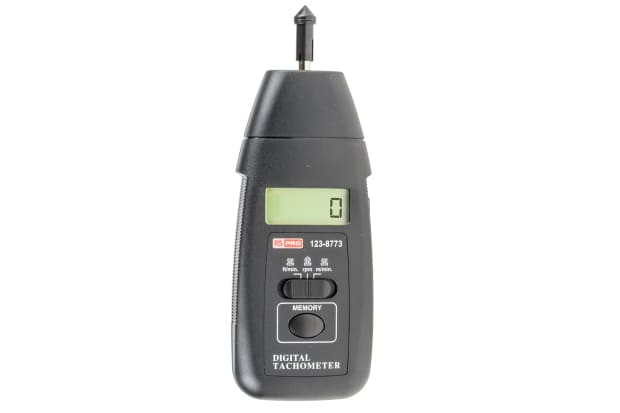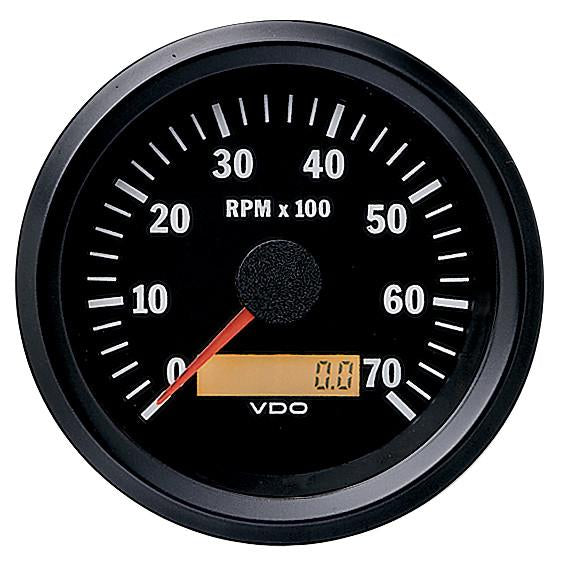Exactly how to Select the Right Tachometer for Your Cars And Truck or Bike
Exactly how to Select the Right Tachometer for Your Cars And Truck or Bike
Blog Article
The Relevance of a Tachometer in Keeping Track Of Engine Rate and Performance in Automotive Applications
In the realm of automotive engineering, the tachometer stands as a critical tool in the motorist's collection, giving a direct window into the inner workings of a car's engine. Beyond its function as a simple gauge of transformations per minute (RPM), the tachometer serves as an important tool for lovers and experts alike, using real-time understandings right into engine performance and health and wellness.
Significance of Keeping Track Of Engine RPM
Monitoring engine RPM, or changes per minute, is a vital aspect of auto maintenance and efficiency examination. Engine RPM directly associates with the rate at which the engine's crankshaft rotates, showing exactly how quickly the engine is running.
In addition, keeping track of engine RPM is essential for efficiency assessment in auto racing and high-performance cars. Keeping ideal RPM degrees is vital for achieving peak power outcome and acceleration. Racers commonly use tachometers to guarantee they are running within the optimal RPM range for maximum efficiency. In summary, keeping an eye on engine RPM is not just important for detecting problems yet also for enhancing engine efficiency in various automobile applications.

Benefits of Real-Time Data
In automobile applications, real-time information plays a vital duty in giving instant insights into the performance and problem of the vehicle. By continuously keeping track of different specifications such as engine speed, temperature, fuel consumption, and more, real-time data provides countless benefits that add to improved effectiveness and security when traveling.
One considerable advantage of real-time data is its ability to alert drivers and technicians to any abnormalities or concerns immediately. This positive method enables quick recognition of prospective issues, permitting prompt treatments to stop additional damage or failures. In addition, real-time data facilitates efficiency optimization by supplying instant feedback on driving behaviors and engine effectiveness. Chauffeurs can adjust their behavior in real-time based upon this information to attain much better fuel economic situation and extend the lifespan of their lorry.

Moreover, real-time data plays an essential function in modern-day automobile diagnostics, making it possible for specialists to promptly diagnose and attend to breakdowns. This results in minimized downtime, reduced maintenance expenses, and inevitably, improved general lorry reliability and durability (tachometer). By using the power of real-time data, automobile stakeholders can make educated choices that positively impact both the performance and long life of the lorry
Effect On Gear Shifts
The tachometer plays an important duty in maximizing gear shifts by providing real-time engine speed information to the vehicle driver. When coming close to the redline on the tachometer, it signifies the vehicle driver to upshift to protect against over-revving the engine and creating prospective damage.
Furthermore, the tachometer aids in achieving smoother equipment changes, specifically in hands-on transmissions. By keeping an eye on engine speed, chauffeurs can perform gear changes at the ideal RPM variety, decreasing jerking motions and minimizing endure the transmission elements. This precision on duty adjustments not only enhances driving convenience yet additionally adds to fuel performance.
Enhancing Gas Effectiveness
Given the crucial duty the tachometer plays in maximizing equipment shifts for performance and engine wellness, it straight adds to taking full advantage of fuel efficiency in auto applications. By giving real-time comments on engine speed, the tachometer aids motorists in preserving one of the most effective RPM range for gas economic climate. When chauffeurs consistently keep an eye on the tachometer and readjust their motoring habits as necessary, they can avoid unneeded gas usage brought on by over-revving or lugging the engine.
Additionally, the tachometer aids drivers identify the most fuel-efficient equipment to be in at any type of given moment, stopping the engine from working more challenging than needed. In verdict, the tachometer serves as a valuable tool in improving gas effectiveness by advertising ideal driving routines and determining areas for improvement in the car's performance.

Taking Full Advantage Of Engine Durability
The tachometer's function in keeping track of engine rate and performance is crucial in guaranteeing the long life of vehicle engines. Monitoring the tachometer enables drivers read to stay within the advised RPM range for their lorry, avoiding unneeded strain on the engine sites and prolonging its life expectancy.

Final Thought
To continue reading this conclude, the tachometer plays an essential function in keeping an eye on engine speed and performance in automobile applications. By providing real-time information on RPM, it enables efficient equipment changes, boosted fuel performance, and made best use of engine durability. This device is important for keeping ideal engine performance and guaranteeing the general capability of a vehicle.
Report this page